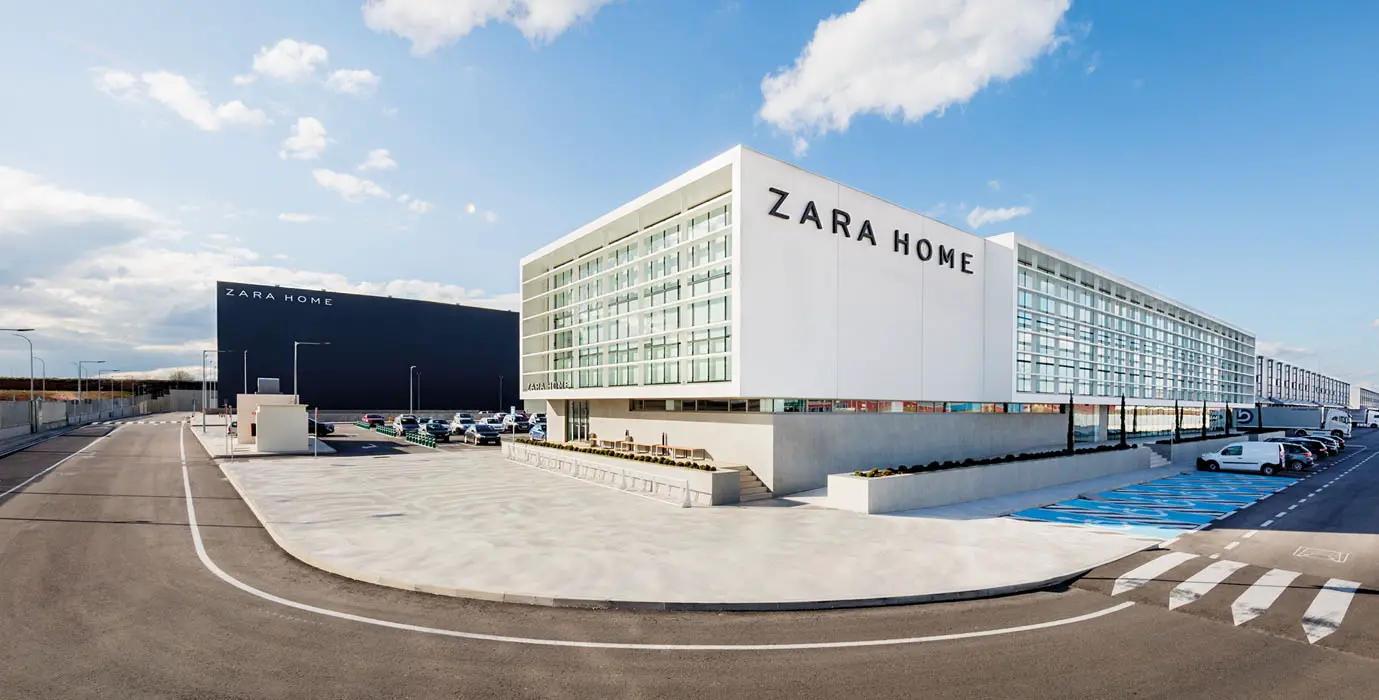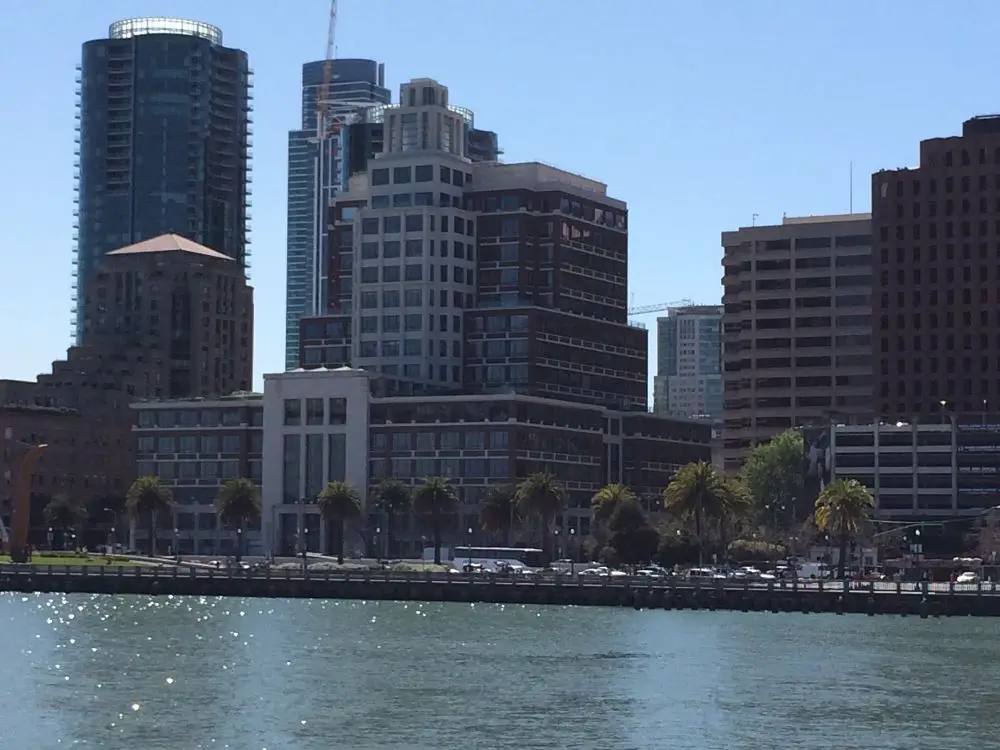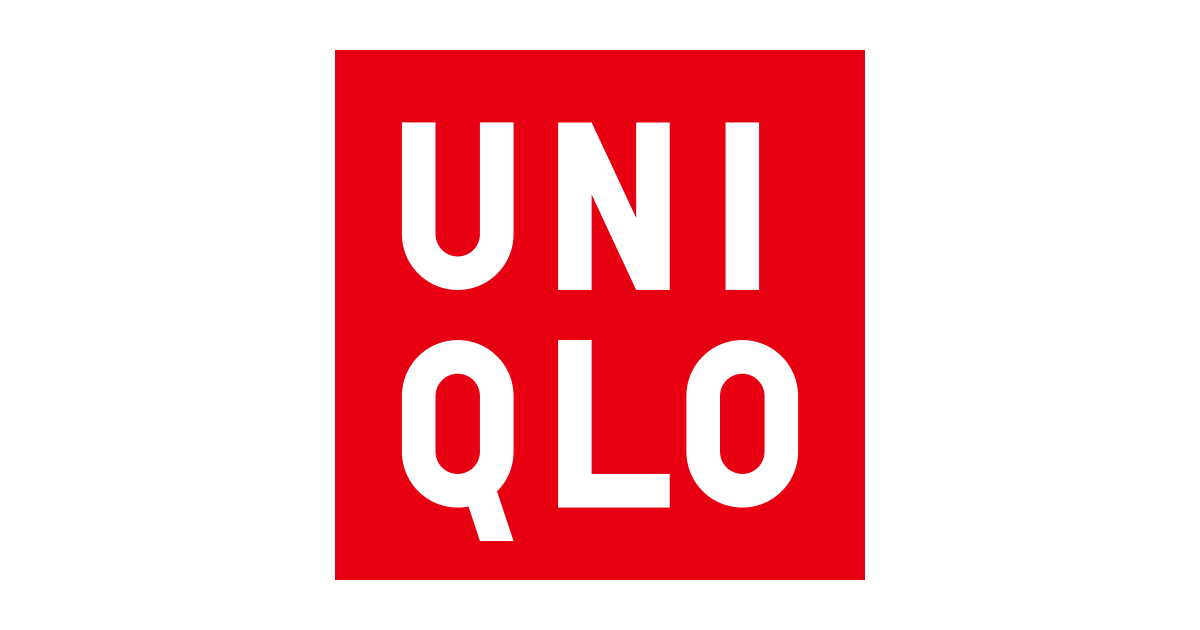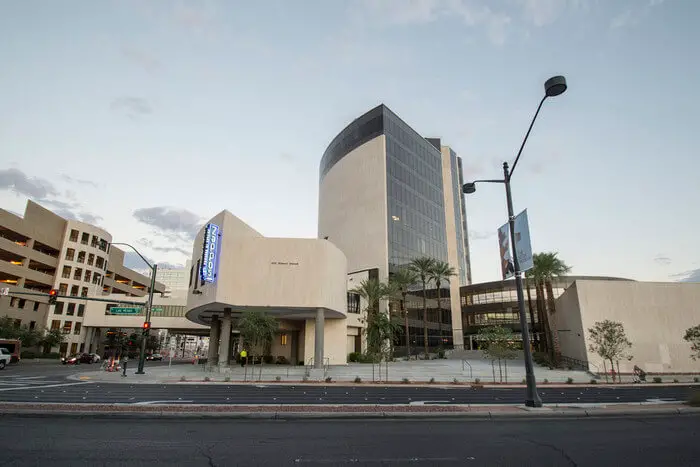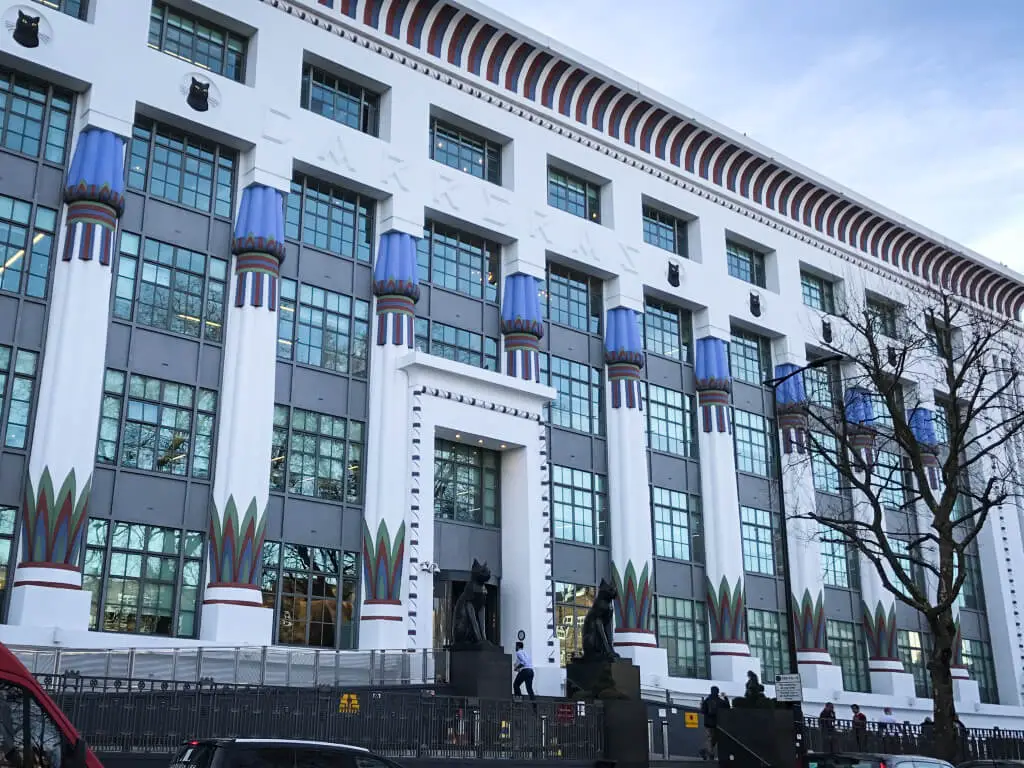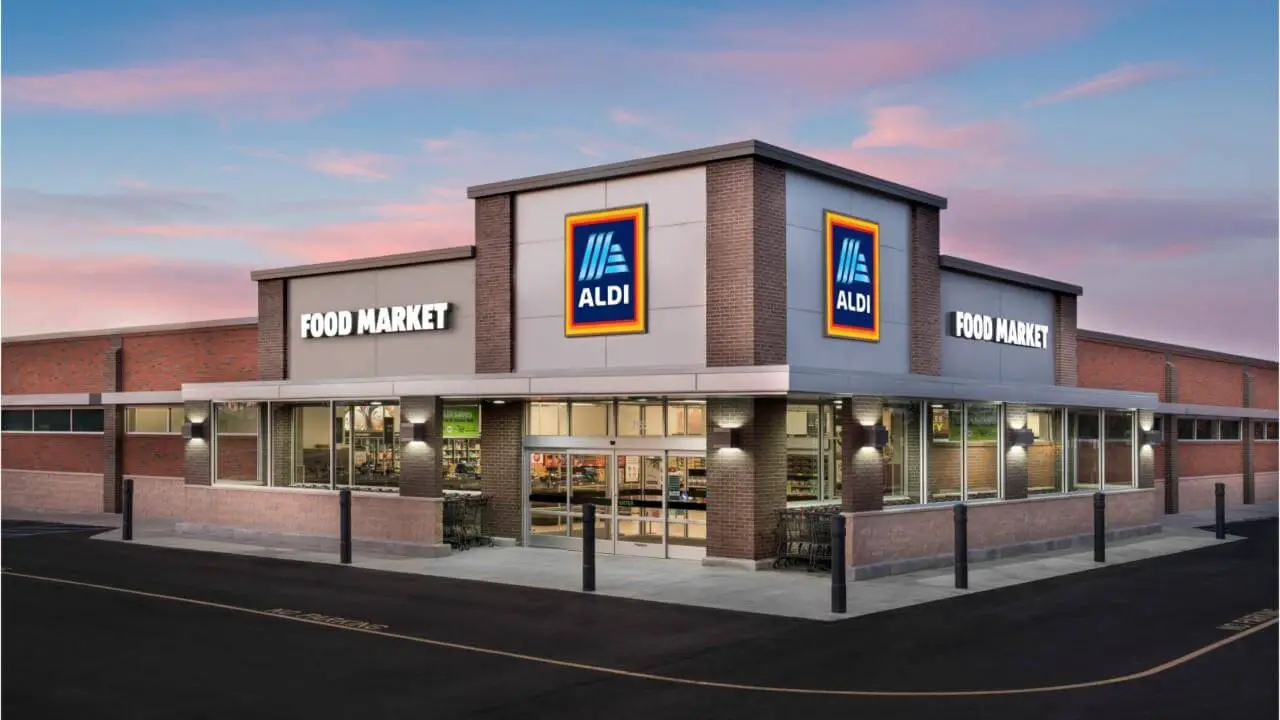Lularoe Mission and Vision Statement Analysis
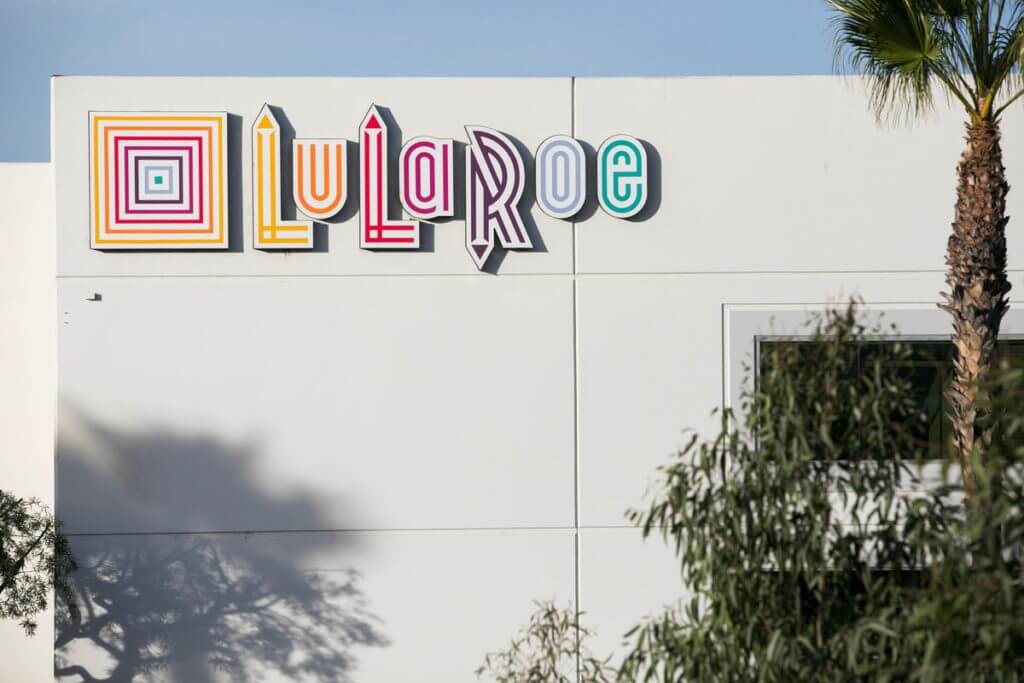
Lularoe’s mission statement is “to create freedom, serve others, and strengthen families through fashion. It’s a community where lives are being improved through love, purpose, confidence, trust & growth.” The statement puts the customer at the center of everything the company does. The focus of the company is to treat its clients to quality clothing that does more than conventional attires and to give them unique shopping experiences. The mission statement relates to the following major components:
- Distinguished quality
- Quality services
- Improving lives
At Lularoe, quality is the first priority. The company showcases a wide range of clothing collections, and one aspect stands out irrespective of the brand, the targeted sex or age – the art and time that goes into make every piece of clothing! Lularoe wants satisfaction to be the first element that warms the hearts of its customers, and that is why it never compromises on quality. In fact, the company clearly values quality over quantity.
It considers this the best gift it can give its customers at all times. Closely related to this first component is the desire of Lularoe to maintain top-notch services in all its encounters with clients and investors. The policy of the company is to do more than simply meeting the expectations of clients and other stakeholders while serving them. Based on this, Lularoe promotes personalized shopping styles such as social retailing, on-demand online shopping, and many others to offer a variety of freedom to all clients. In addition to the shopping experiences, Lularoe is a people company as shown in the last component of its mission statement.
The company calls itself apparel with a purpose because of the efforts it puts to spread its benefits by giving potential entrepreneurs an opportunity to work with it and boost their economics through Lularoe social selling structure. The fact that it is a family-owned company also goes a long way in showing the commitment of the company towards its corporate social responsibilities including environmental conservation efforts. Essentially, Lularoe highly values and enjoys when individuals, families, and communities thrive.
Introduction
Lularoe’s business model has given the company tremendous mileage in the women’s clothing industry making the brand one of the most sought-after in the U.S. and beyond. The founder of this enterprise understood convenience is one of the most demanding elements in the contemporary markets.
In response to this, it established a business model whose service meets some of the most personal needs of the customer such as quality and flexible shopping experiences. Its mission and vision statement clearly illustrate how critical the customer is for this company, in addition to Lularoe’s influence on the women’s clothing market segment.
In theory, a corporate vision statement defines a future that a company works towards. In the case of Lularoe, the multi-level marketing corporation’s focus is on becoming the most popular and dependable chain in the U.S. and the rest of the world. On the other hand, a corporate mission statement describes the strategic approaches that the firm would adopt to grow itself towards the identified future. Luloroe is very categorical about the operations of its business.
The company specifically states its unwavering efforts to improve the aesthetic appeal and grant its customers confidence to enjoy their lives through fashion. In addition, the rapid growth of Lularoe in just 7 years into a multi-billion dollar business is partly because of the core values of this company. Ideally, core values are guiding principles for an organization, and Lularoe adopted values that align with its business model. As a result, this enabled the company to run smoothly with minimal glitches, something that has seen it become a top brand in under a decade.
Vision Statement
Lularoe’s vision statement is “to strengthen individuals and families through fashion.” Although this is not the official vision statement of the company, the ‘our story’ page in its site clearly alludes to the overall desire of the company to help people succeed in life by providing them with feasible and practical growth opportunities. The vision statement has the following key elements:
- Strengthen individuals and families
- Through fashion
In the first element of its vision statement, Lularoe emphasizes its primary purpose, which is to liberate people by couching them into business life where they can earn while doing and dealing with what they like most. For instance, the company states that it only starts with a potential entrepreneur choosing an inventory of their choice from the wide collection Lularoe brings them.
The company also provides different points of sales for its partners such as BLESS and In-person Pop-Up Boutiques. Individuals can also run their business through social media channels like Facebook Live and many other channels. Other than this, they get an opportunity to become part of the wide Lularoe family where they can share their experiences and business ideas.
The second element in this vision statement simply emphasizes what Lulaore specializes in. Fashion is where the demand and popularity of the company come from. Specifically, Lularoe’s products are categorized as unique and different – meaning they can only be found in its authorized store. What’s more, they are limited to ensure the customers only get the fresh there is in the market.
Core Values
Lularoe’s core values comprise “cooperation, work-life balance, being kind, love, confidence, purpose, and growth.” In this company, creating a culture that brings people together comes second to no other purpose. The core values adopted by the company all drive towards that desire by the company.
The history of Lularoe shows that it is a company built on a family working together. The management has maintained this spirit in its workforce by encouraging cooperation trough trust and kindness to prop others to grow. While doing so, Lularoe’s business model reveals its determination to give people freedom in life by promoting trading approaches and attitudes that let people enjoy life while making a living. Finally, the company emphasizes on the need to incorporate the desire to grow and enhance it with confidence drawn from the unique fashions at Lularoe.
References
- Bart, C. K., Bontis, N., & Taggar, S. (2001). A model of the impact of mission statements on firm performance. Management decision, 39(1), 19-35.
- Bartkus, B., Glassman, M., & McAFEE, B. R. U. C. E. (2006). Mission statement quality and financial performance. European Management Journal, 24(1), 86-94.
- Can, Y. G., & a Life, S. Women’s Resource Center.
- David, F. R., & David, F. R. (2003). It’s time to redraft your mission statement. Journal of Business Strategy, 24(1), 11-14.
- Duygulu, E., Ozeren, E., Işıldar, P., & Appolloni, A. (2016). The sustainable strategy for small and medium sized enterprises: The relationship between mission statements and performance. Sustainability, 8(7), 698.
- Fox, A. K., & Hoy, M. G. (2019). Smart Devices, Smart Decisions? Implications of Parents’ Sharenting for Children’s Online Privacy: An Investigation of Mothers. Journal of Public Policy & Marketing, 0743915619858290.
- Gladden, S., & Van Cleef, R. (2018). U.S. Patent Application No. 29/610,807.
- Gleim, M. R., Johnson, C. M., & Lawson, S. J. (2019). Sharers and sellers: A multi-group examination of gig economy workers’ perceptions. Journal of Business Research, 98, 142-152.
- Haque, M. D., TitiAmayah, A., & Liu, L. (2016). The role of vision in organizational readiness for change and growth. Leadership & Organization Development Journal, 37(7), 983-999.
- Ireland, R. D., & Hitt, M. A. (1992). Mission statements: Importance, challenge, and recommendations for development. Business Horizons, 35(3), 34-43.
- Lin, S., Lasserre, P., & Chi-hsiang, C. (2015). Effects of shared vision and integrations on entrepreneurial performance. Chinese management studies.
- Lines, B. W. G. Giving MLM’sa Makeover: Are Beauty Gurus Legitimizing LipSense? Lines, B. W. G. World Wide Web Consortium and Digital Rights Management: Innovating Stagnation.
- Liu, H. (2018). The Behavioral Economics of Multilevel Marketing. Hastings Bus. LJ, 14, 109.
- Lularoe – About.
- Mumford, M. D., Steele, L., McIntosh, T., & Mulhearn, T. (2015). Forecasting and leader performance: Objective cognition in a socio-organizational context. The Leadership Quarterly, 26(3), 359-369.
- Mumford, M. D., Todd, E. M., Higgs, C., & McIntosh, T. (2017). Cognitive skills and leadership performance: The nine critical skills. The Leadership Quarterly, 28(1), 24-39.
- Pearce, J. A., & David, F. (1987). Corporate mission statements: The bottom line. Academy of Management Perspectives, 1(2), 109-115.
- Salem Khalifa, A. (2011). Three Fs for the mission statement: what’s next?. Journal of Strategy and Management, 4(1), 25-43.
- Sattari, S., Pitt, L. F., & Caruana, A. (2011). How readable are mission statements? An exploratory study. Corporate Communications: An International Journal, 16(4), 282-292.
- Taiwo, A. A., Lawal, F. A., & Agwu, E. (2016). Vision and Mission in Organization: Myth or Heuristic Device?. The International Journal of Business & Management, 4(3).
